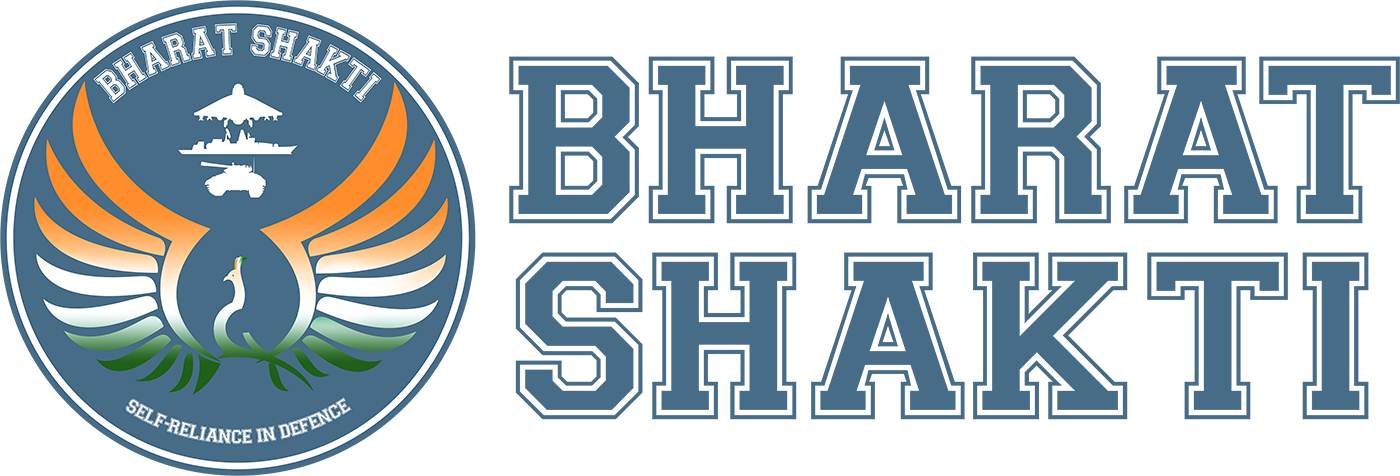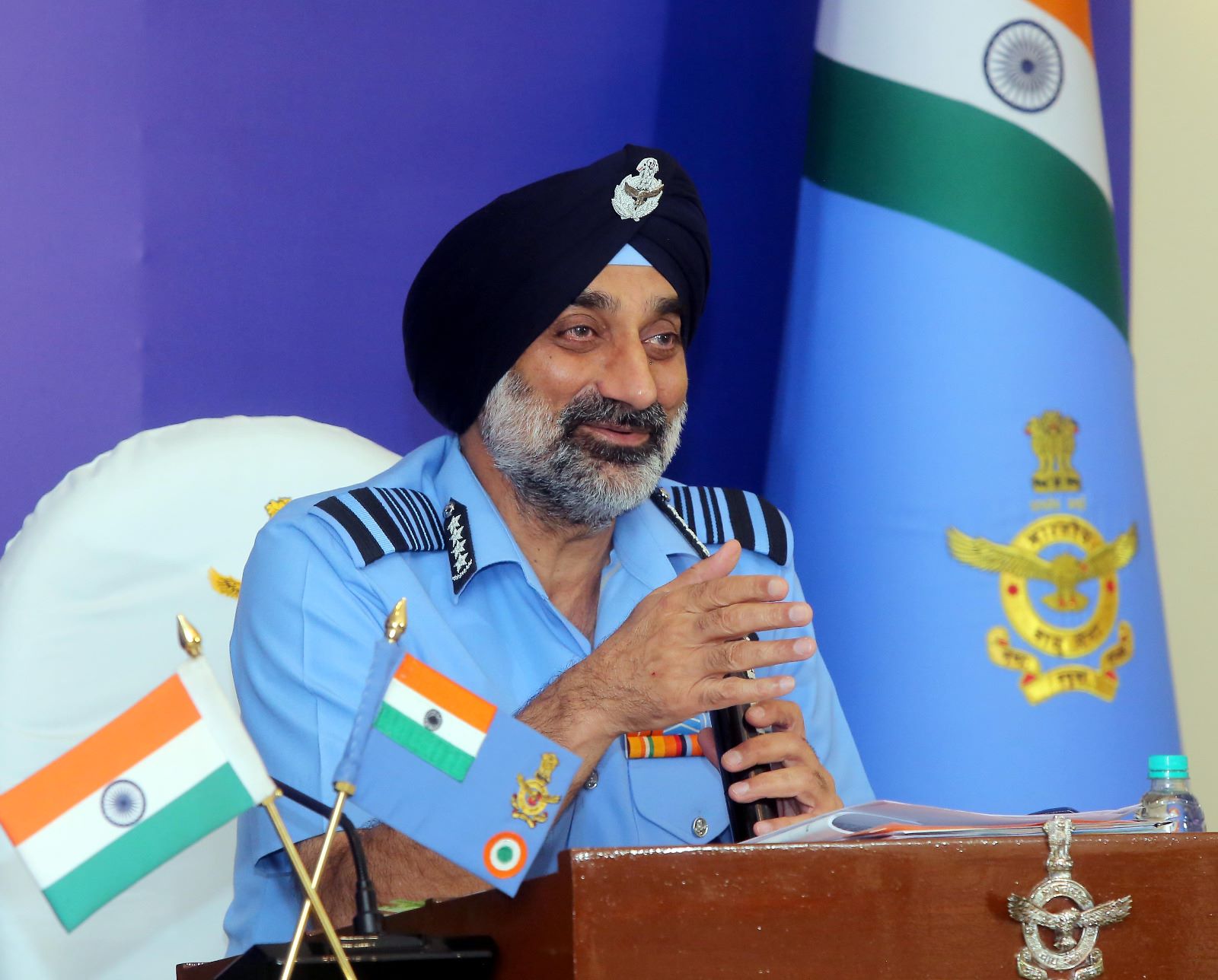Air Chief Marshal AP Singh emphasized the importance of indigenous weapons systems in addressing future security challenges amidst global geopolitical tensions and conflicts. Singh stated, “The Indian Air Force should have its entire inventory produced domestically by 2047.”
Speaking at a press conference ahead of the Air Force Day (October 8) in New Delhi, the Chief of Air Staff (CAS) stressed the significance of domestic manufacturing capabilities, stating, “When it comes to building capacity, one aspect is capability, and the other is capacity. Therefore, it is crucial for our manufacturing agencies to step up and increase their production rate. In conflict situations, relying on external sources for weapons can create vulnerabilities due to different and changing interests, potentially creating a choke point for us.”
He emphasized the importance of producing weapons domestically, stating, “If we need to engage in war, the weapons must be manufactured in India. We cannot depend on purchasing them from other countries. It is crucial that we produce these items in India. We cannot stockpile everything indefinitely, as these items have a limited lifespan. Hoarding them will result in wastage.”
On the much-delayed production timelines of the indigenous fighter jet programme, the IAF Chief, who took over as IAF Chief on September 30, said the delivery of Light Combat Aircraft (LCA) Tejas by Hindustan Aeronautics Limited (HAL) has been delayed, and private players need to be roped in.
“It is a known fact that the Tejas aircraft has been delayed. If the promise of producing 24 aircraft per year, that delay can be addressed. HAL has a third production line at Nashik, which is yet to churn out an aircraft,” Singh explained.
On the depleting fleet of fighter squadrons, the Chief said, “Our first aim is not to let aircraft strength remain below 30 (squadrons).” Each squadron has 16-18 jets. The Cabinet Committee of Security has laid down the need for 42 squadrons to tackle a simultaneous two-front threat from China and Pakistan. The IAF presently has 31 squadrons, with several scheduled to be phased out over the next few years.
The IAF has ordered 83 Tejas Mark-1A jets from HAL, with deliveries initially scheduled to begin in March of this year. However, the planes have yet to be delivered. Looking ahead, the IAF is considering the acquisition of 97 more Tejas Mark-1A jets and six to seven squadrons each of Tejas Mark 2 and Advanced Medium Combat Aircraft (AMCA).
Asked how to produce so many planes, he said, “We need to look at private players coming in. HAL has also its own limitations and looking at the numbers involved, we need the private industry to chip in big way to meet the production challenges,” he replied.
On the future of a multi-role fighter aircraft (MRFA) programme that would plan to make 114 jets with a foreign partner and India partner JV producing jets in India, the IAF Chief said, “If the Tejas Mark 2 gets into production, as planned, by 2028, and MRFA is signed, we are not too badly off. If these timelines are getting pushed, we have to look at alternatives”.
On the current situation along the Line of Actual Control (LAC) in eastern Ladakh, the IAF Chief said, “The situation is the same as it was a year ago or so” and added “the Chinese are creating infrastructure on their side of the LAC at a rapid pace. We are matching up and adding capacities”.
Answering a questing on Chinese air power, Air Chief said India is better than China as far as human aspects and training are concerned but has lagged behind in technology and production.
“As far as technology is concerned we may be not so good as of now, we have lagged. We were better than them in technology also sometime back, but we have lagged in that and we need to catch up. As far as production rates are concerned, we are way behind. We need to catch up. That will happen over a period of time, it cannot happen overnight,” he replied.
In response to questions about India’s air defence capabilities in light of the developments between Israel and Iran, the Air Chief stated that the procured systems could perform similar functions as Israel’s Iron Dome and other systems. He emphasized that India has a combination of competent air defence systems but also highlighted the need for large numbers of systems due to the country’s size. He stressed the importance of prioritizing vital and priority areas for protection. The Air Chief also mentioned that India has the technology to intercept missiles with the systems that have been procured.
Ravi Shankar






















